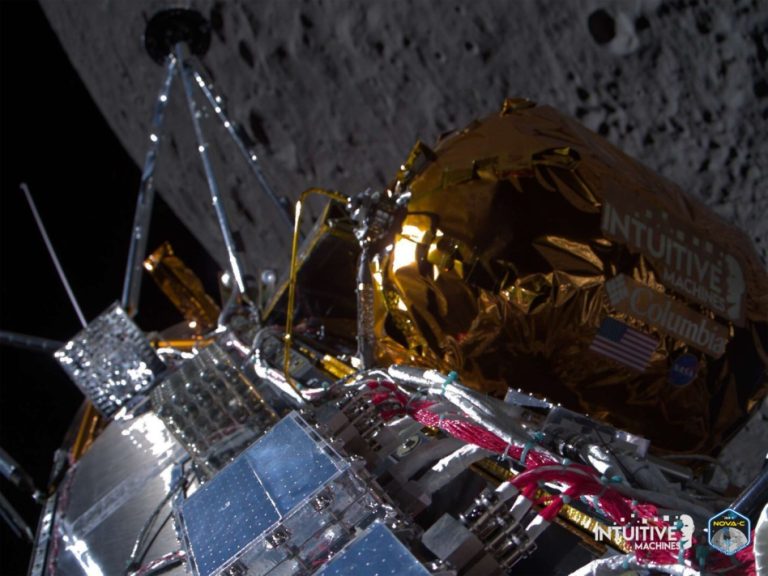
SpaceX Falcon 9 rocket suffers anomaly during Starlink satellite launch (Image Credit: Space.com)
SpaceX’s workhorse Falcon 9 rocket suffered a rare anomaly on Thursday night (July 11).
The incident occurred during a launch of SpaceX’s Starlink internet satellites from Vandenberg Space Force Base in California. The Falcon 9 performed well initially; its two stages separated on time, and the first stage came down for a landing on a drone ship about eight minutes after liftoff as planned.
But the rocket’s upper stage, which was hauling 20 Starlink spacecraft to low Earth orbit, encountered a problem, according to SpaceX founder and CEO Elon Musk.
Upper stage restart to raise perigee resulted in an engine RUD for reasons currently unknown. Team is reviewing data tonight to understand root cause.Starlink satellites were deployed, but the perigee may be too low for them to raise orbit. Will know more in a few hours.July 12, 2024
“Upper stage restart to raise perigee resulted in an engine RUD for reasons currently unknown. Team is reviewing data tonight to understand root cause. Starlink satellites were deployed, but the perigee may be too low for them to raise orbit. Will know more in a few hours,” Musk said via X about two hours after liftoff.
“RUD” is short for “rapid unscheduled disassembly” — SpaceX-speak for an explosion or disintegration. (Perigee, in case you were wondering, is the point in an object’s orbit when it’s closest to Earth.)
An hour after Musk’s post, SpaceX provided more details via the company’s X account.
“During tonight’s Falcon 9 launch of Starlink, the second-stage engine did not complete its second burn. As a result, the Starlink satellites were deployed into a lower-than-intended orbit. SpaceX has made contact with 5 of the satellites so far and is attempting to have them raise orbit using their ion thrusters,” the company wrote.
In a reply to that post, Musk said that this effort “will probably not work, but it’s worth a shot.”
The Falcon 9’s upper stage, which is powered by a single Merlin engine, looked a bit off on this flight, for what it’s worth. SpaceX’s launch webcast showed a buildup of fluffy white ice near the engine as it fired in space — an unusual sight, and one that might indicate a propellant leak. That’s just speculation, however; neither SpaceX nor Musk has said anything about the ice as of yet.

The Falcon 9 is the most prolific rocket flying today, with 69 launches under its belt already in 2024. It’s known for its reliability; the Falcon 9 has suffered only one full in-flight failure in its storied history, which occurred during the launch of a robotic Dragon cargo capsule toward the International Space Station (ISS) in June 2015.
The Falcon 9 is also human-rated; it has launched 13 crewed missions to date, nine of which have sent astronauts to the ISS for NASA. It’s unclear how Thursday’s incident will affect the rocket and its manifest at this point; SpaceX will first need to figure out exactly what happened and how to address the issue.
Thursday’s launch sent up 20 Starlink satellites, 13 of which can beam service directly to cell phones. Most Falcon 9 missions these days service the giant and ever-growing Starlink megaconstellation, which currently consists of more than 6,100 operational satellites; 49 of the 69 Falcon 9 launches so far in 2024 have been dedicated Starlink missions.








